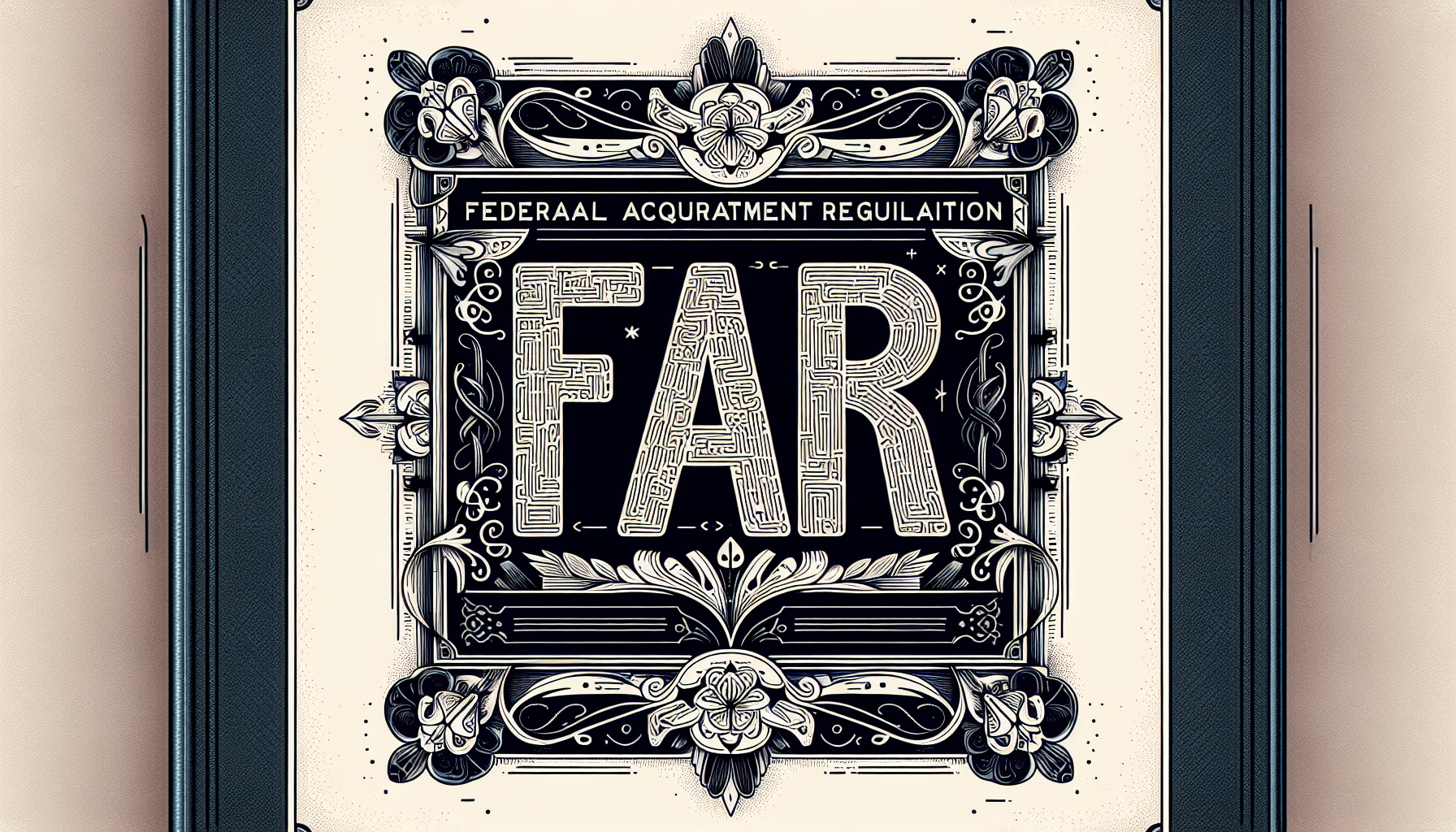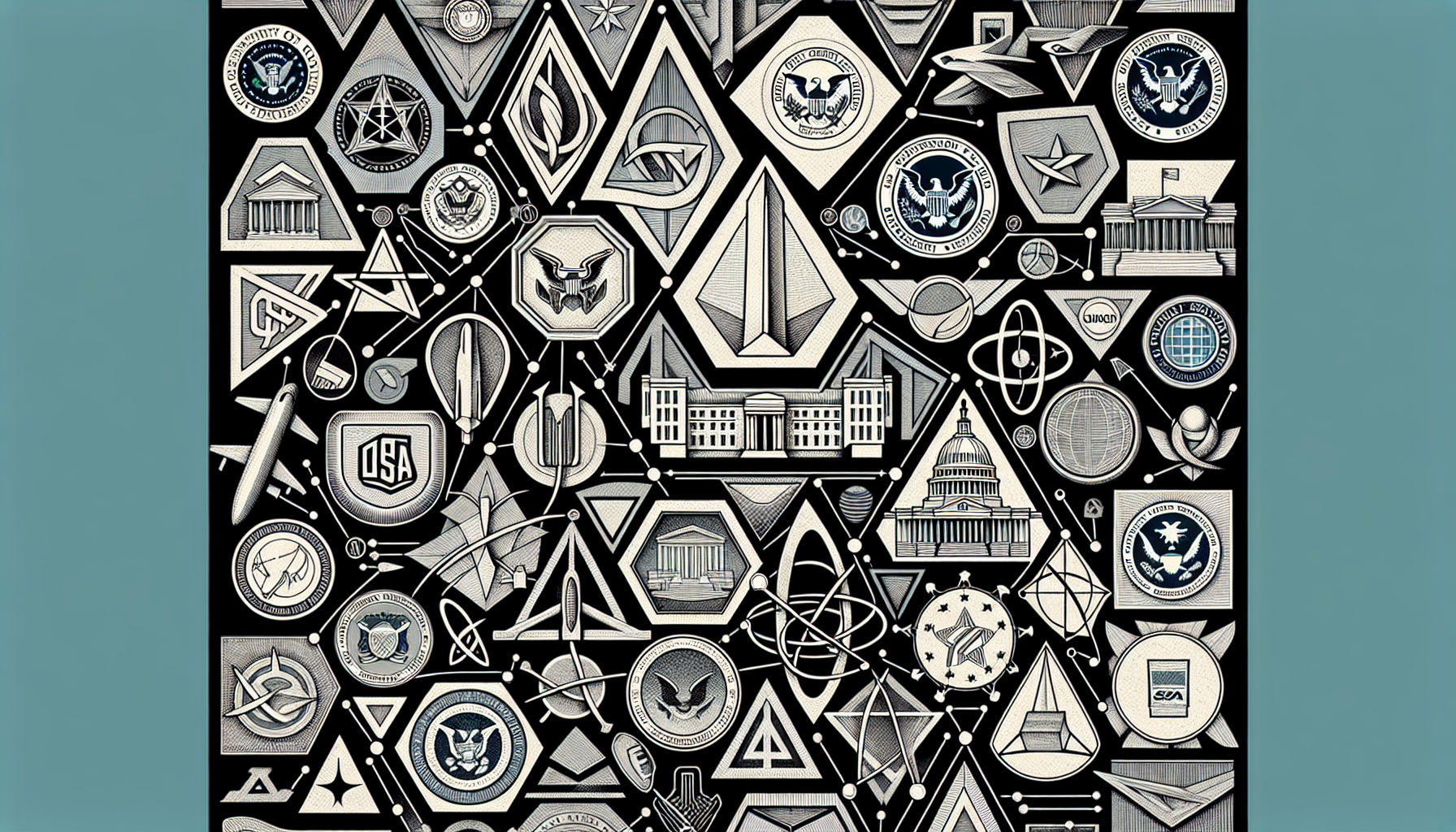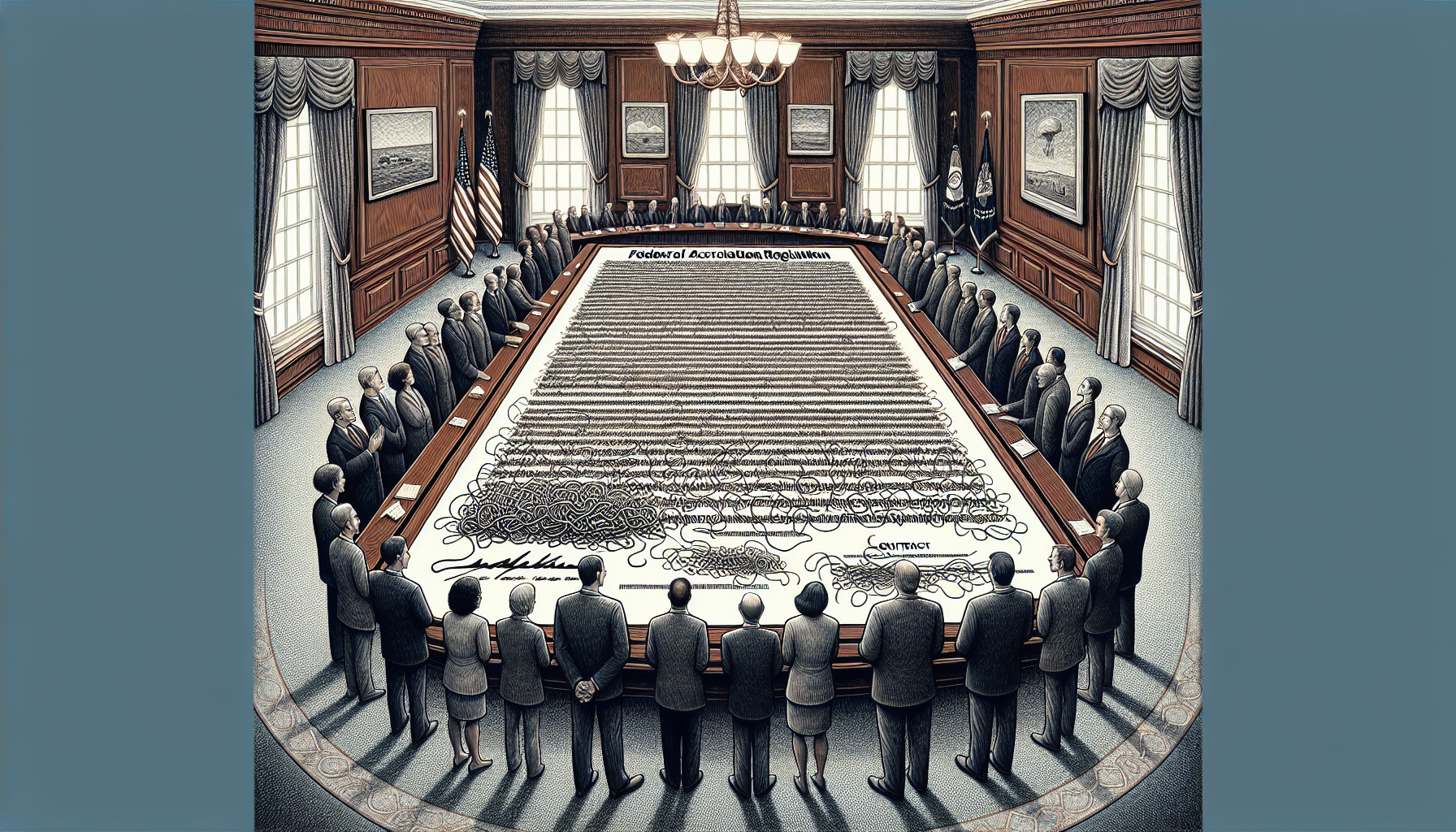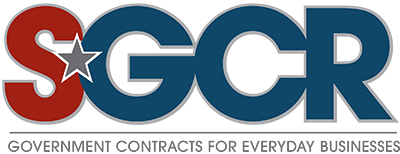What is the FAR? Simply put, the Federal Acquisition Regulation (FAR) is the primary rulebook governing all federal government procurement processes. This extensive set of rules ensures purchases are conducted fairly, efficiently, and in accordance with the law to best serve public interests. As you navigate this guide, expect to uncover the intricacies of FAR, how it’s structured, and what it means for contracting with the federal government.
Key Takeaways
- The Federal Acquisition Regulation (FAR) is the comprehensive set of rules that govern the procurement process of the US federal government, ensuring consistency, ethical practice, and efficiency across all executive agencies.
- The FAR is meticulously structured into subchapters, parts, subparts, sections, and subsections, providing detailed guidance for government procurement, from planning through contract management to compliance and enforcement.
- Amendments and deviations from the FAR are managed through established protocols to accommodate necessary flexibility, while maintaining the integrity of the procurement process and adapting to evolving requirements and policies.
Understanding the Federal Acquisition Regulation (FAR)

The Federal Acquisition Regulation (FAR) primarily comprises a robust set of rules and regulations that direct the federal government’s purchasing process, thereby promoting consistent policies and procedures for acquisition across all executive agencies. It’s the heartbeat of the federal acquisition system, shaping the government’s procurement policy and regulating every aspect of federal contracting.
The FAR serves as the benchmark for all federal agencies and their contractors, guiding everything from straightforward purchases to intricate acquisitions.
The Genesis and Evolution of FAR
The Federal Acquisition Regulation (FAR) has its roots firmly planted in federal law, established as the primary set of rules for U.S. government procurement. Codified in Title 48, Chapter 1 of the Code of Federal Regulations, the FAR came to life as a comprehensive guide for the government acquisition process, symbolizing a significant stride towards a uniform and streamlined federal procurement system.
Key Principles and Objectives of the FAR
The FAR functions not only as a set of rules but also as a navigational tool, directing all government acquisition participants towards ethical practices and efficient procurement. The FAR upholds the highest level of public trust, demanding complete impartiality and preventing preferential treatment in government business.
But it goes beyond just fairness. The FAR aims for the timely delivery of the best value products and services, fostering cooperative relationships between the government and its contractors. This cooperative relationship is more than just a good business practice; it aligns with public trust and supports the achievement of policy objectives.
The Structure of the FAR

Despite the vastness of the FAR, its well-organized structure streamlines navigation. It’s divided into:
- Subchapters
- Parts
- Subparts
- Sections
- Subsections
Each of these plays a distinct role in the acquisition process, including acquisition planning. With a total of 53 parts, the FAR covers an extensive range of topics, from general provisions to the specifics of contract management.
This logical structure facilitates the location of particular provisions and comprehension of their context within the overarching system.
Subchapters and Parts: A Closer Look
Diving deeper into the FAR’s structure, we encounter subchapters A-H, each of which contains a cluster of related parts. Published in two volumes by the Government Printing Office, these subchapters group related parts for easier reference and navigation.
For example, FAR Part 14 deals with the rules and regulations for sealed bidding procurement methods, while Part 45 provides rules on contractors’ obligations and the Government’s remedies, addressing scenarios such as Government Furnished Equipment (GFE) situations and bring your own device (BYOD) situations. Each part plays a unique role, underscoring the comprehensive nature of the FAR.
Navigating Through the FAR’s Provisions and Clauses
Part 52 stands out as one of the most crucial sections of the FAR. It’s like a treasure trove of standard solicitation provisions and contract clauses, providing a ready reference for the standard terms often incorporated in government contracts.
For instance, FAR includes a provision at 52.203-2, Certificate of Independent Price Determination, which ensures independent bids and prevents collusive pricing in government contracting. Furthermore, it requires that solicitations involving potential organizational conflicts of interest include provisions that inform offerors about the conflict and any restraint on their future activities. These provisions and clauses are instrumental in ensuring fair and ethical procurement practices.
The Role of Federal Agencies in the FAR

Although the FAR directs federal procurement, key federal agencies bear the responsibility for its upkeep and issuance on behalf of the federal government. Specifically, the Secretary of Defense, the Administrator of the General Services Administration, and the Administrator of the National Aeronautics and Space Administration (NASA) jointly govern the FAR, pooling their expertise and authority to ensure its consistency and effectiveness. In addition, the government accountability office plays a crucial role in monitoring and evaluating the performance of these agencies.
Agency-Specific Supplements to the FAR
In addition to the general rules outlined in the FAR, each federal agency can issue agency-specific supplements. These supplements place further restrictions or requirements on contractors and contracting officers and incorporate agency-specific policies and procedures. They must follow the basic FAR format, be published in the Federal Register, and be codified under Title 48, Code of Federal Regulations, aligning seamlessly with the main FAR.
When creating these supplements, agencies need to consider whether the regulations could be included in the FAR itself, ensuring that the FAR remains comprehensive and current. For example, the Department of Defense uses the Defense Federal Acquisition Regulation Supplement (DFARS), and multiple agencies have adopted their own FAR supplements.
The authority to issue these supplements lies with the federal agencies, which are responsible for ensuring compliance with the FAR’s framework.
Ensuring Compliance with FAR Guidelines
Maintaining compliance with FAR guidelines forms an integral part of the procurement process. The FAR mandates agency heads to establish and maintain a program for career management and a system for appointing contracting officers, who play a key role in ensuring compliance. In this context, it is essential to be aware of the Cost Accounting Standards Board and its regulations.
These contracting officers have several important responsibilities, including:
- Managing potential organizational conflicts of interest
- Ensuring fair and equitable treatment in procurement
- Ensuring that contractors adhere to the FAR (Federal Acquisition Regulation)
- Increasing contractors’ opportunities to win government contracts
- Helping contractors avoid legal issues
- Maintaining lasting relationships with federal agencies.
Beyond this, contractors may be limited in their eligibility for future contracts if they have been involved in the preparation of specifications or work statements, to prevent unfair competitive advantages.
Contracting Under the FAR

Contracting under the FAR entails a thorough and precise process. The FAR identifies various types of procurement contracts, and mandates that all applicable legal and procedural requirements must be fulfilled before contract formation. It includes mandatory clauses in government contracts and provides a matrix to determine the required clauses based on the contract’s type and subject matter.
Types of Procurement Contracts
The FAR identifies and provides guidelines for various types of procurement contracts. These include sealed bidding, a fixed-price contracts method, characterized by the use of price as the sole deciding factor and avoidance of overly restrictive requirements. Then there are negotiated acquisitions which aim to obtain the best value for the government, indicating a preference for flexibility and negotiating terms to achieve this objective.
In addition, the FAR stipulates specific rules for performance-based service contracts, requiring measurable outcomes and performance standards. It also provides guidelines for the procurement of commercial items, highlighting the importance of fair and reasonable pricing based on established market prices. For indefinite-delivery contracts, the FAR mandates clear indications of descriptions, quantities, prices, schedules, and payment methods for each order.
The Role of the Contracting Officer
Within the realm of federal procurement, contracting officers command substantial authority and shoulder substantial responsibility. Empowered by the FAR to enter into, administer, or terminate contracts, and make related determinations and findings, these individuals are at the frontline of the procurement process.
Contracting officers bear the responsibility of:
- ensuring the performance of all necessary actions for effective contracting
- ensuring compliance with the terms of the contract
- ensuring impartial, fair, and equitable treatment for contractors
- developing order placement procedures
- ensuring a fair opportunity for contractors to be considered for contracts, while adhering to contract cost principles.
The FAR sets strict guidelines for selecting contracting officers, which include:
- Experience
- Education
- Knowledge of acquisition policies
- Specialized knowledge
- Completion of acquisition training
Socioeconomic Considerations in the FAR

The FAR extends beyond procurement mechanics to include a variety of socioeconomic programs. These initiatives ensure that government acquisitions support broader social and economic goals, explicitly including protections for workers under government contracts.
Small Business Programs and Set-Asides
Small businesses form the backbone of the American economy, and the FAR has provisions to ensure their participation in federal procurement. FAR Parts 19 and 52 are designed to support small businesses by delineating a certain percentage of contracts and subcontracts that must be awarded to them and outlining the related small business size standards.
Set-asides are a cornerstone of the FAR’s strategy to ensure small business participation in federal procurement. These are characterized by competitive set-asides reserved exclusively for small business bids and sole-source set-asides awarded under specific conditions. Contracting officers determine these based on various considerations, and all solicitations must specify the appropriate NAICS codes and size standards.
To maintain the integrity of small business programs, the FAR mandates that small businesses, through set-asides, adhere to limitations on subcontracting to ensure that they perform a significant portion of the contract work themselves.
Labor Laws and Standards Compliance
The FAR is not just about procurement; it’s also about ensuring fair labor practices. It necessitates that all government contracts conform to an extensive array of labor laws and standards. These standards include:
- Ensuring safety
- Health
- Adherence to maximum hours
- Provision of minimum wages
- Enforcement of non-discrimination policies
Furthermore, the FAR requires contractors to comply with overtime regulations, ensuring that laborers and mechanics are compensated for any hours worked beyond the standard 40-hour workweek. It’s not just about getting the best deal for the government; it’s about ensuring the welfare of the workforce that makes it all possible.
Ethical Practices and Conflict of Interest Regulations
The FAR transcends its role as a procurement rulebook to serve as a symbol of ethical conduct. Part 3 of the FAR is devoted to promoting ethical practices in federal procurements, helping to prevent and manage both improper business practices and personal conflicts of interest.
Preventing Improper Business Practices
To uphold the integrity of the procurement process, the FAR has stringent rules to prevent improper business practices. For instance, government employees are prohibited from soliciting or accepting gratuities from those seeking government business or regulated by the employee’s agency.
Moreover, to prevent contracts from being knowingly awarded to a Government employee or to an organization owned or substantially owned by one or more Government employees, the FAR includes specific provisions. These strict measures ensure that the procurement process remains transparent and unbiased, contributing to the credibility of the government and its operations.
Handling Personal Conflicts of Interest
The FAR takes a proactive stance when it comes to managing personal conflicts of interest. It requires employees to disclose and avoid involvement in procurement processes where they have a personal interest. This includes reporting employment contacts with offerors during the procurement process.
Furthermore, the FAR provisions ensure that the conduct of government officials would not give rise to any reluctance upon full public disclosure of their actions, serving as a general rule to avoid conflicts of interest. In addition, the FAR lays out specific post-employment reporting requirements for former officials, barring them from accepting compensation from a contractor within one year after service if they were involved in a procurement exceeding $10,000,000 with that contractor. These meticulous provisions underscore the FAR’s commitment to maintaining a conflict-free and ethical procurement environment.
Adapting and Deviating from the FAR
The FAR, although comprehensive, acknowledges the necessity for flexibility and adaptation. It prescribes policies and procedures for authorizing deviations from the FAR, and provides steps to document these deviations.
Moreover, it encourages the development and testing of new acquisition techniques and methods to meet the evolving needs and challenges in federal procurement, in line with the federal procurement policy.
Adjusting to FAR Amendments and Updates
The FAR is not a stagnant document; it adapts in response to the shifting demands of government procurement. Amendments and updates to the FAR are made through the collaborative efforts of the Civilian Agency Acquisition Council and the Defense Acquisition Regulations Council. Proposed changes that are considered significant are published for public comment, normally allowing for a minimum of 30 days to receive comments.
Agencies must ensure that these changes are incorporated into their acquisition processes and procedures. For instance, in 2021, the FAR was updated to include rules on building accessibility into products and services procured by the government. The FAR’s adaptability and responsiveness to changes are key to its effectiveness in guiding government procurement.
Protocols for Authorized Deviations
Though the FAR permits deviations, it establishes rigid protocols for their authorization. These include documenting deviations, obtaining approval from agency heads, and following specific guidelines for different types of deviations.
For instance, agency acquisition regulations that supplement the FAR require approval by the head of the agency, such as the Secretary of Defense, Administrator of General Services, or the Administrator of NASA. Civilian agencies are obliged to report any approved class deviation from the FAR to the FAR Secretariat. These protocols ensure that any deviations from the FAR are carefully considered and properly documented, maintaining the integrity of the procurement process.
Summary
The Federal Acquisition Regulation (FAR) is the backbone of federal government procurement, setting the standards of integrity, fairness, and efficiency. From its comprehensive structure to its detailed provisions and clauses, from its support for small businesses to its stringent labor laws and standards, the FAR leaves no stone unturned. It places a strong emphasis on ethical practices, conflict of interest regulations, and allows for deviations and adaptations to meet evolving procurement needs. As we navigate through the intricate world of government procurement, the FAR serves as a reliable compass, guiding us towards a fair, effective, and transparent procurement process.
Frequently Asked Questions
What is the purpose of the Federal Acquisition Regulation (FAR)?
The purpose of the Federal Acquisition Regulation (FAR) is to establish consistent policies and procedures for the federal government’s procurement process across all executive agencies.
How is the FAR structured?
The FAR is structured with 53 parts, covering various aspects of government procurement, and is organized into subchapters, parts, subparts, sections, and subsections to guide the acquisition process.
What are some types of procurement contracts identified by the FAR?
The FAR identifies various types of procurement contracts, such as sealed bidding, negotiated acquisitions, performance-based service contracts, and indefinite-delivery contracts. These contracts are used in different procurement scenarios.
What role do federal agencies play in the FAR?
Federal agencies, including the Secretary of Defense, Administrator of General Services, and Administrator of NASA, maintain and issue the FAR, as well as issue agency-specific supplements and ensure compliance with the FAR’s framework.
How does the FAR address ethical practices and conflict of interest?
The FAR addresses ethical practices and conflict of interest by including specific provisions to promote ethical practices and manage personal conflicts of interest in federal procurements. It sets strict protocols for handling personal conflicts of interest, requiring government employees to disclose and avoid involvement in procurement processes where they have a personal interest.


